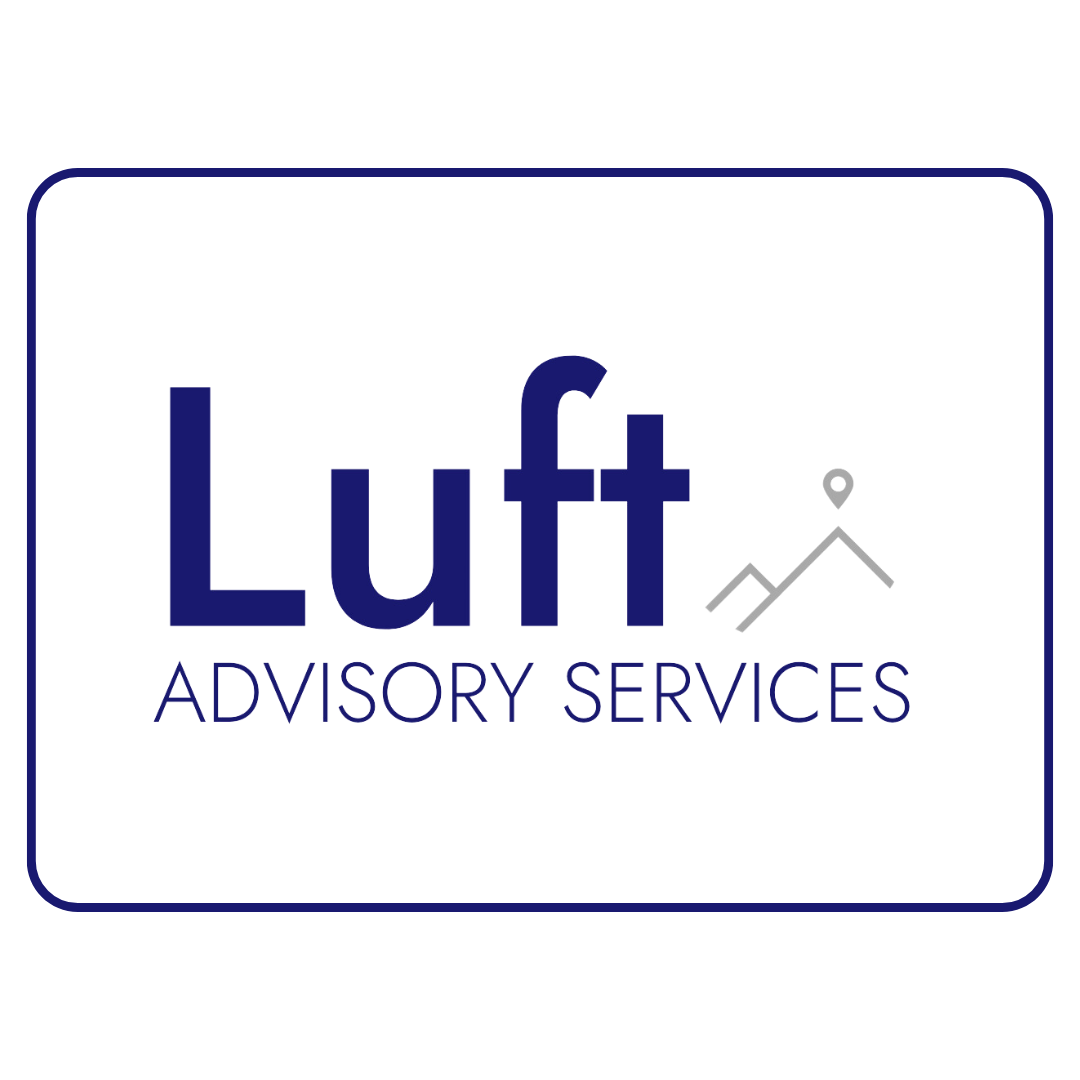
Prep for Due Diligence Without Losing Your Mind or the Deal
Due diligence moves fast, and every answer must match the record. Investors open each file, trace each number, and keep the questions coming. A calm, ordered plan keeps diligence from turning into chaos. Effective due diligence preparation keeps every part of that plan aligned. Here is the roadmap for turning that discipline into action at every stage.
Financial Records Foundation
Build a Data Room Investors Trust
Create a single source of truth. Gather three to five years of accrual‑based financial statements, tax returns, and bank reconciliations. Attach supporting schedules for revenue, aged receivables and payables, inventory counts, and debt covenants. Label each document with a clear title and date, then store everything in a secure cloud data room. Mirror standard diligence folders (Finance, Tax, Legal, HR, Operations, Technology) so investors navigate with ease. Add a living assumptions log that explains revenue recognition, cost allocation, and any unusual one‑off entries. Update the data room after each monthly close. Consistency reduces callbacks and signals reliability. A Fractional CFO keeps this rhythm and translates accounting language into investor language.
Operational Proof
Map KPIs and Processes Before They Ask
Numbers tell one story, but operations prove whether that story can scale. Start by mapping the customer journey from the first conversation to the moment cash hits your account. Lay out the sales process, fulfillment steps, customer support handoffs, and the feedback loops that guide improvements. Connect each part of the map to a clear metric—gross margin by product line, churn rate, acquisition cost, lifetime value, cash conversion cycle. Make it obvious where each number comes from and who owns it. Place these reports in your Operations folder so they line up cleanly with your financials. This level of detail shows discipline and strengthens your overall due diligence preparation.
Then add an org chart that shows who runs what, including backup plans for key roles. A simple summary of each leader’s responsibilities makes the picture complete. Investors walk away confident because they can see the depth, structure, and repeatability that will support growth long after the deal closes.
Execution Readiness in Due Diligence Preparation
Run an Investor Readiness Audit
Run an Investor Readiness Audit to identify gaps before formal investor due diligence begins. Stress‑test everything in private. Engage an external partner, ideally a Fractional CFO team, to conduct a mock diligence. They review legal agreements, equity structure, intellectual property ownership, customer concentration, cybersecurity posture, and key employee contracts. Each finding receives a risk score and a corrective action with an owner and deadline. Address high‑severity issues first, including missing consents, expiring patents, and data‑privacy gaps, then close the rest. Summarize results in an Investor Readiness Audit report and upload it to the data room. Present the executive summary during the first investor call. Preparation shifts the tone from interrogation to planning next steps and positions you as a partner ready for scale.
Quick Reference Checklist
- Close books within ten days and upload financials to the data room.
- Reconcile deferred revenue and confirm recognition policy each quarter.
- Track twelve core KPIs and align them with the financial story.
- Refresh the org chart and process map after every leadership change.
- Conduct a mock diligence at least six months before a sale or capital raise.
- Share the Investor Readiness Audit summary at the start of outreach.
Every line you reconcile and every process you document strengthens due diligence preparation and moves the deal closer to the finish line.
Want an experienced partner who turns documentation into a competitive advantage? Schedule an Investor Readiness Audit with our Fractional CFO team today.

